Copyright and fair use guidelines can seem vague and confusing, especially when it comes to how they impact your business. The goal of this article is to break down copyright and fair use guidelines for small business marketing so you can avoid any costly hiccups from copyright infringement claims while still leveraging other people’s content on a small marketing budget.
What is Copyright?
Copyright is a form of protection grounded in the U.S. Constitution and granted by law for original works of authorship fixed in a tangible medium of expression. Copyright covers both published and unpublished works.
Copyright law protects ownership rights for original intellectual and creative works, such as books, movies, songs, paintings, photographs, computer software, and other audio, visual, or printed material that they create.
This means others must have their permission to copy an entire work, distribute copies of their work, perform their work publicly, or display their work publicly.
However, some copyright works fall under “fair use,” a doctrine that allows business owners to use a copyrighted work for a limited and “transformative” purpose, such as to comment upon, criticize, or parody a copyrighted work.
What Is Fair Use?
The Short-N-Sweet: Fair use permits you to use copyrighted work without the copyright owner’s permission for purposes such as criticism, comment, news reporting, teaching, scholarship, or research.
The Longer-Uglier Breakdown of Fair Use:
Fair use is defined in Section 107 of the Copyright Act. In its most general sense, fair use is any copying of copyrighted material done for a limited and “transformative” purpose, such as to comment upon, criticize, or parody a copyrighted work. Such uses can be done without permission from the copyright owner.
In other words, fair use is a defense against a claim of copyright infringement. That is, if your use qualifies as fair use, then it would not be considered an infringement.
So, what is a “transformative” use?
There are no hard-and-fast rules, only general guidelines and varied court decisions.
Most fair use analysis falls into two categories: (1) commentary and criticism, or (2) parody.
Commentary and Criticism
According to Stanford Libraries Richard Stim, a Patent, Copyright and Trademark attorney at law and NOLO author who wrote the book Getting Permission (October 2019), “If you are commenting upon or critiquing a copyrighted work—for instance, writing a book review—fair use principles allow you to reproduce some of the work to achieve your purposes. Some examples of commentary and criticism include:
- quoting a few lines from a Bob Dylan song in a music review
- summarizing and quoting from a medical article on prostate cancer in a news report
- copying a few paragraphs from a news article for use by a teacher or student in a lesson, or
- copying a portion of a Sports Illustrated magazine article for use in a related court case.
The underlying rationale of this rule is that the public reaps benefits from your review, which is enhanced by including some of the copyrighted material.”
Parody
According to Richard Stim, “A parody is a work that ridicules another, usually well-known work, by imitating it in a comic way. Judges understand that, by its nature, parody demands some taking from the original work being parodied. Unlike other forms of fair use, a fairly extensive use of the original work is permitted in a parody in order to “conjure up” the original.”
According to the U.S. Chamber of Commerce, the court system relies on 4 factors to determine if something is protected under fair use:
- Purpose and character of the use: Fair use may apply if the copyrighted work is being used for noncommercial and nonprofit educational purposes. However, this is not an umbrella defense and courts will balance the stated purpose with the factors below.
- Nature of the copyrighted work: The use of a creative work, such as a book, play or movie, is less likely to be considered fair than that of a factual work, such as a news article or technical journal.
- Effect of use on the market: To what extent does the unlicensed use hurt the market for the original owner’s work? This determination considers if sales have been displaced, as well as the financial impact a business will feel if the usage became widespread.
- Amount used: The court will consider how much of the work was used in relation to the copyrighted work as a whole. It also considers how critical the work used is to the overall body of the work. For instance, a small clip from a movie used for criticism relative to the whole film being used will bear different weight under fair use.
Clearly, fair use is not a set of hard and fast rules; this doctrine is determined by the courts and can be subjective depending on what the work is, how it was used and the perceived financial impact of the possible copyright violation. So, how can you protect your business from a fair use violation?
Fair Use Guidelines for Small Businesses
These Guidelines below were learned at Weber State University in their Teacher Education program. Like entrepreneurs and business owners, students and teachers must follow guidelines regarding copyrighted material to use it without violating copyright laws, and cite authors of any copyrighted work to be protected by the fair use doctrine.
For a small business, it’s important to note that crediting or acknowledging the holder of the copyright while using their work does not absolve you from getting permission. Fair use often does not apply to material you use for promotional purposes. “In the vast majority of cases, works used in the furtherance of a commercial enterprise (e.g. advertisements or e-commerce website design elements) do not qualify as fair use,” wrote BigCommerce.
The Guidelines below cover text, data, illustrations, photographs, movies, plays, TV shows, videos, music, lyrics, and downloading material from the Internet.
Text and Data
- You can use up to 10%, but no more than 1000 words, of essays, articles, or stories, of a single copyrighted work.
- You can use up to 250 words of an entire poem, or a portion of a poem.
- You may not use more than 3 poems or portions of poems by one poet, or by different poets in the same book.
- You may use up to 10%, but no more than 2500 fields or cells, from a database or data table.
Illustrations and Photographs
- You may use a single photograph or illustration.
- You may not use more than 5 images by a single artist or photographer.
- You may use up to 10%, but no more than 15 images, from a single publication.
- You may use a single chart, graph, diagram, cartoon, or picture from a book or magazine.
Movies, Plays, TV Shows, Videos, Music and Lyrics
- You cannot change or alter the work.
- You may use up to 10%, but no more than 3 minutes, of a single movie, TV show or video.
- You may use up to 10%, but no more than 30 seconds, of music and lyrics from a single musical work.
- You must purchase performance rights to hold a live performance of a copyrighted work.
Downloading from the Internet
- You cannot copy information from one Internet website onto another website.
- You can create a link to another website.
- You can use information from the Internet in multimedia presentations
Adapted from the Independent School District of Boise City and Midway University Little Memorial Library
Tips to Avoid Copyright Violations Against Your Business
Some of the most common copyright violations incurred by businesses take place in marketing.
- Ask yourself: do I have permission to use this background music in my ad? Do I have permission to repost something I found on social media? Do I have the proper license to use this image on my website?
- If you wish to apply the fair use doctrine in your use of a copyrighted work and the ownership claim is murky, make sure you are creating a reproduction that is for “transformative” purposes, rather than commercial. “To be considered ‘transformative,’ the reproduction of the work must add something new to the original,” explained one insurance company.
- Copyright violation cases can be expensive, so if you have any doubts, consult legal counsel. They can tell you whether your material has been “transformed” enough to avoid copyright infringement, as well as whether or not your use case falls under the fair use doctrine.
For more information on copyright:
The information in this article is for informational purposes only, you should not construe any such information or other material as legal, tax, investment, financial, or other advice.




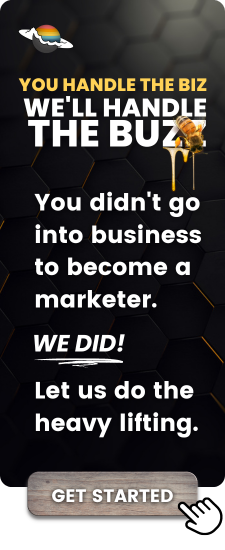
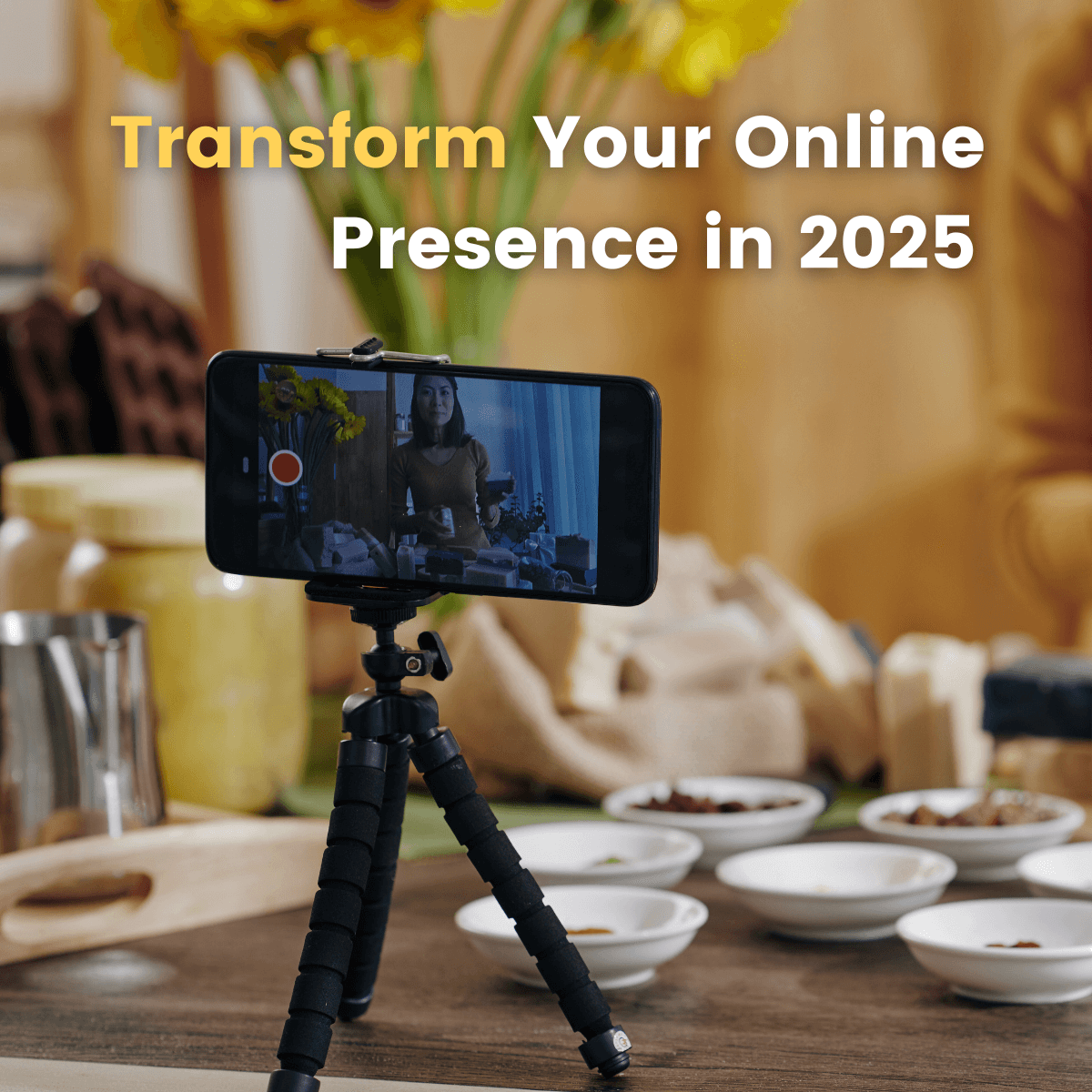

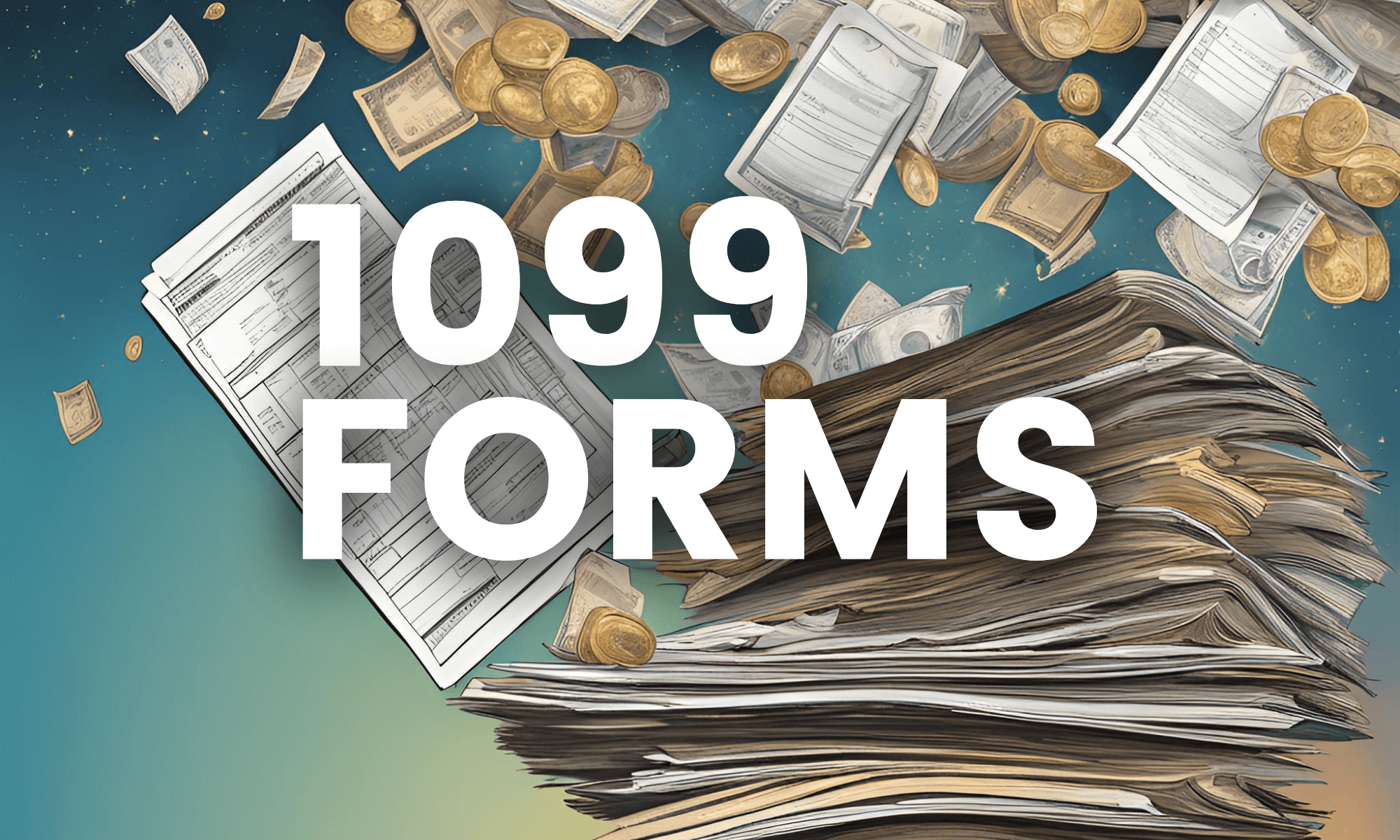

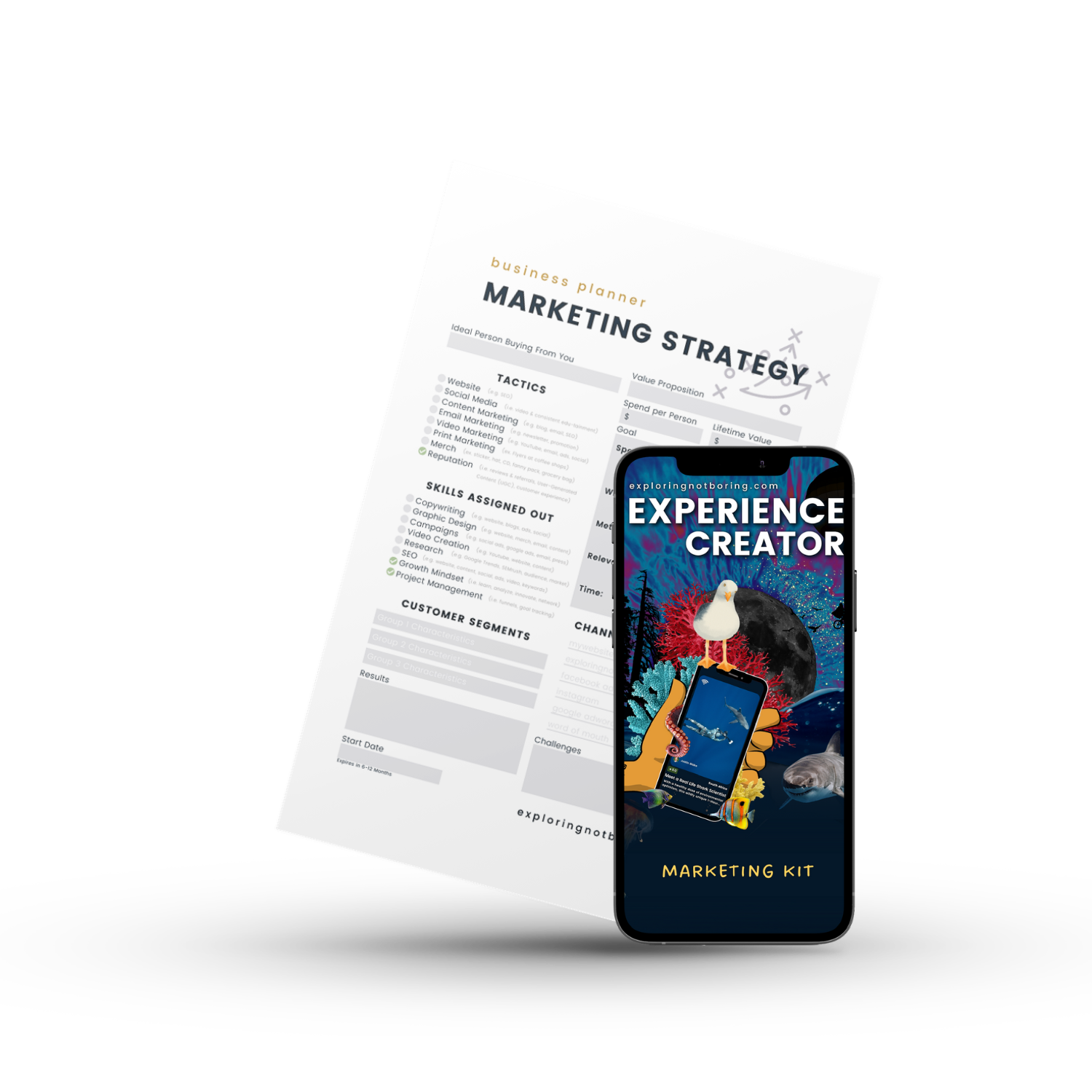
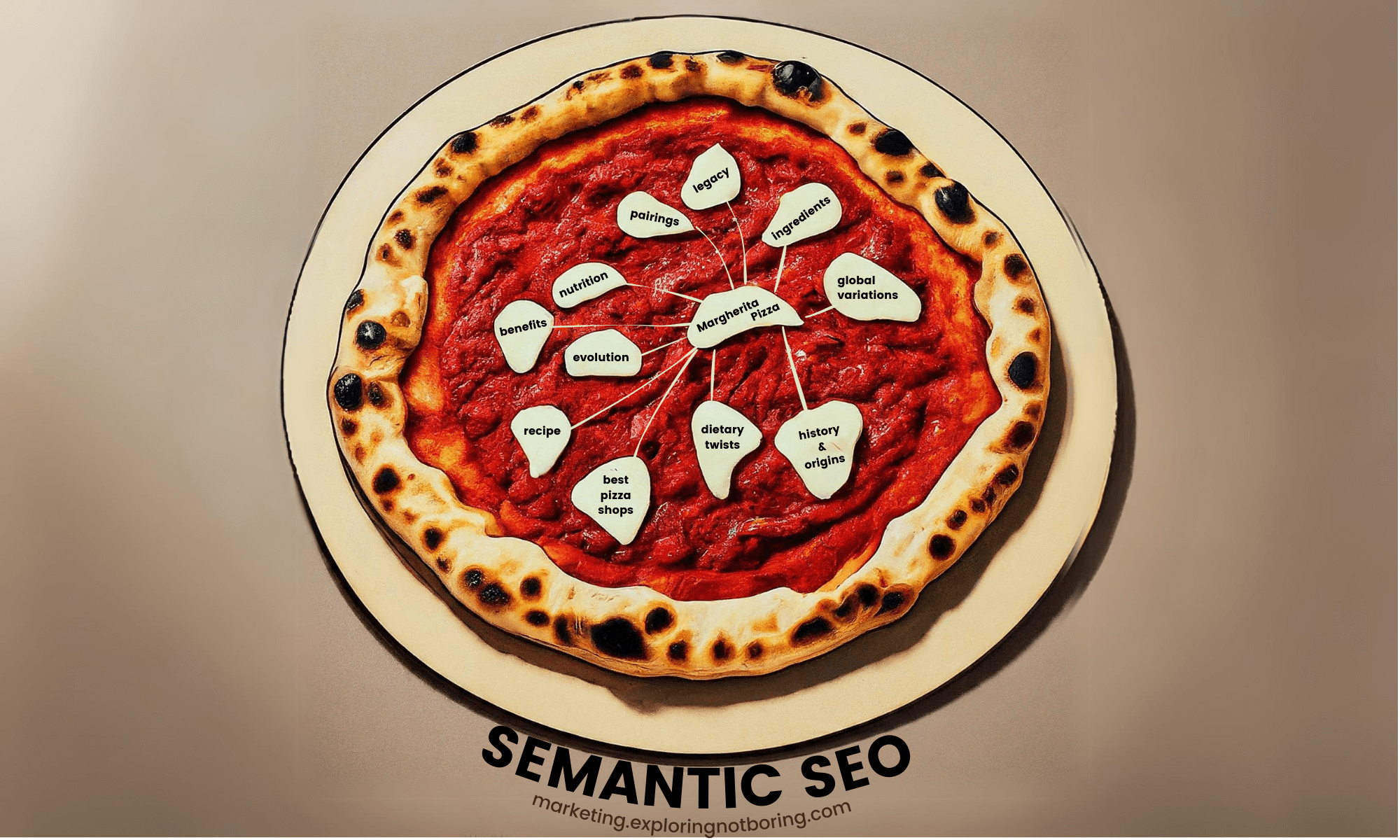
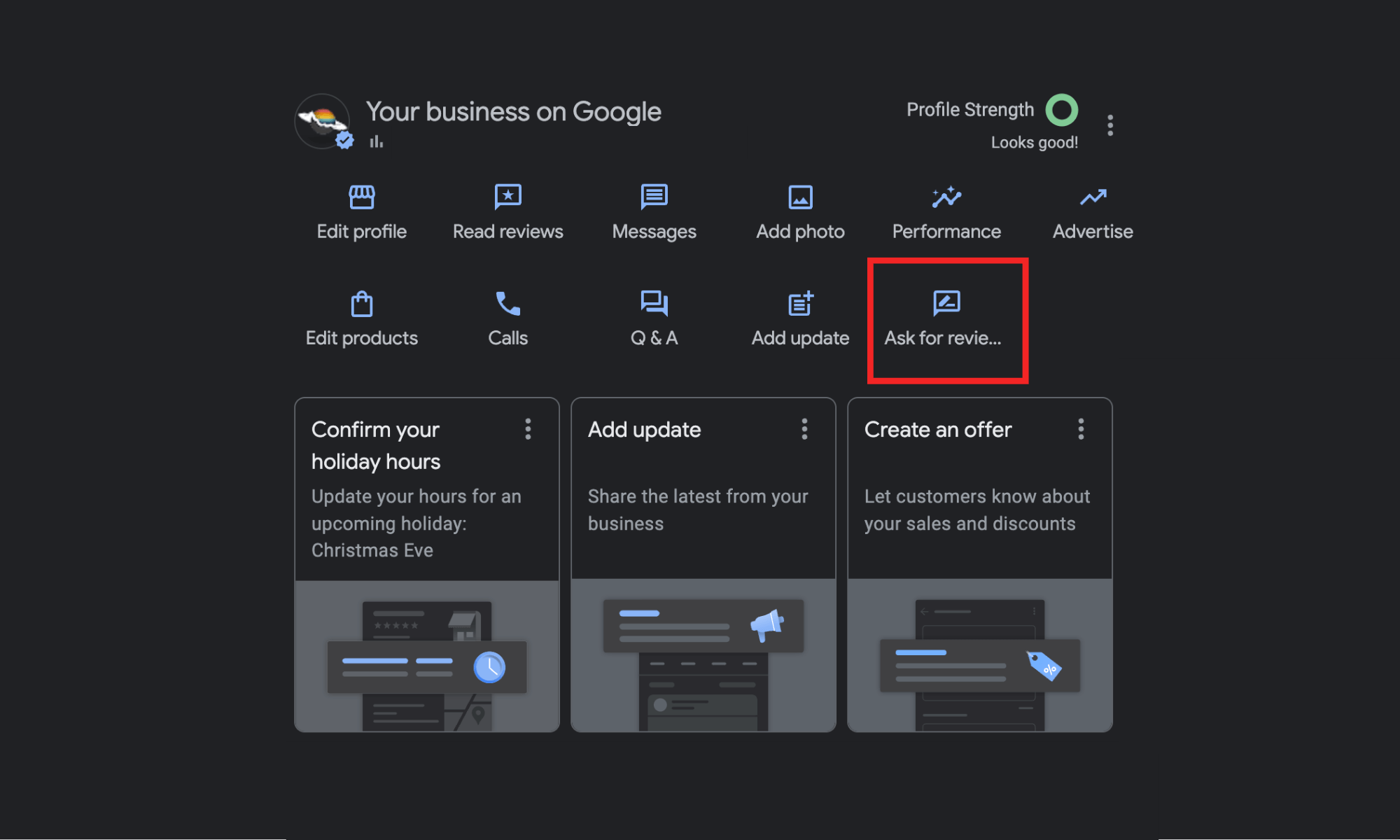
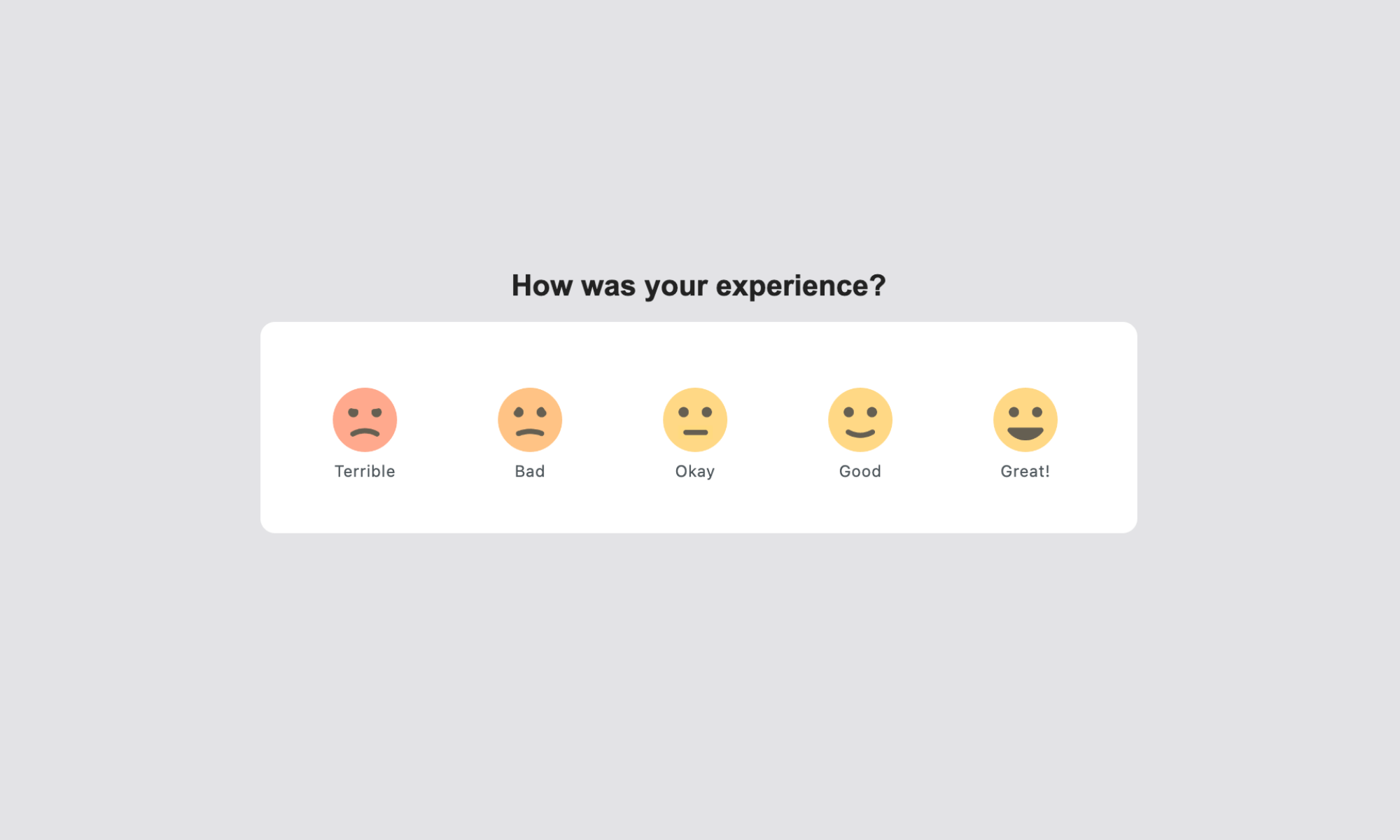
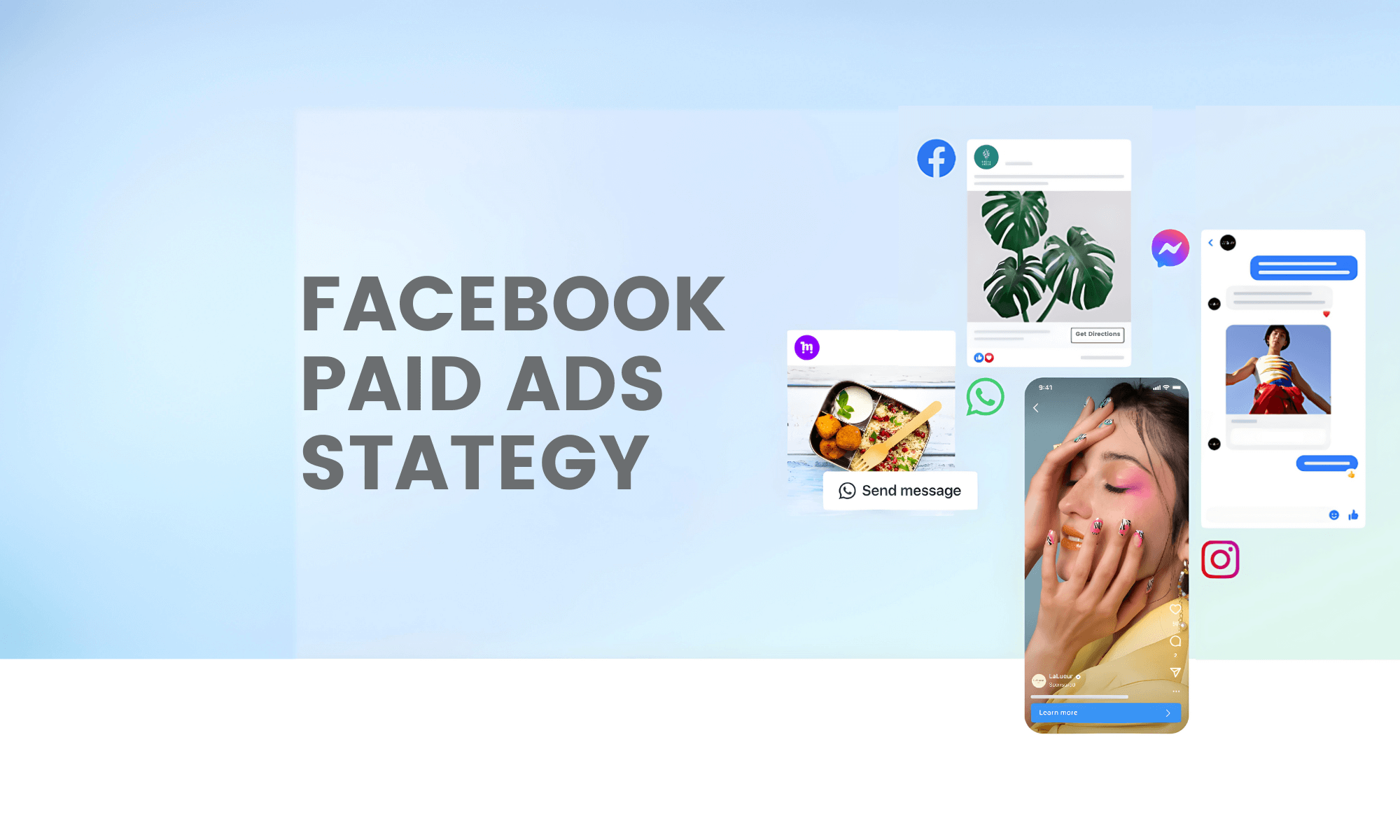
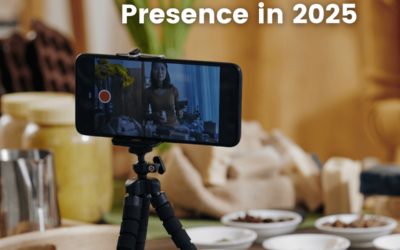

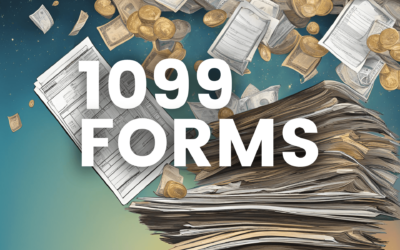

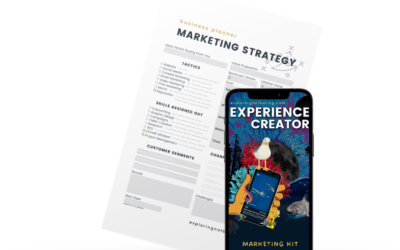

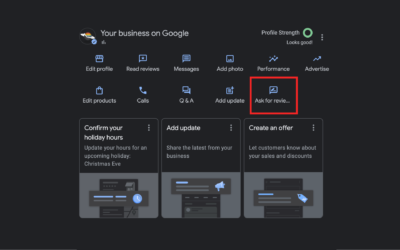
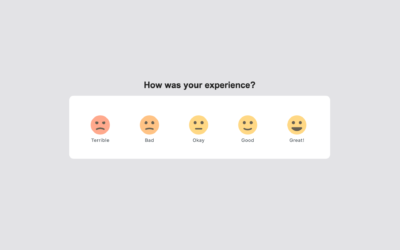
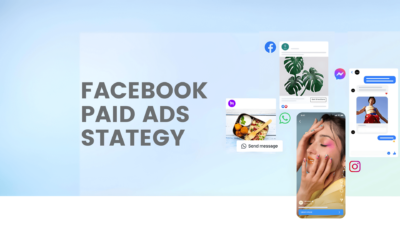

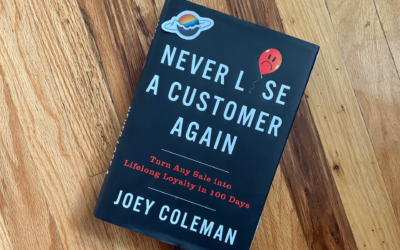
0 Comments